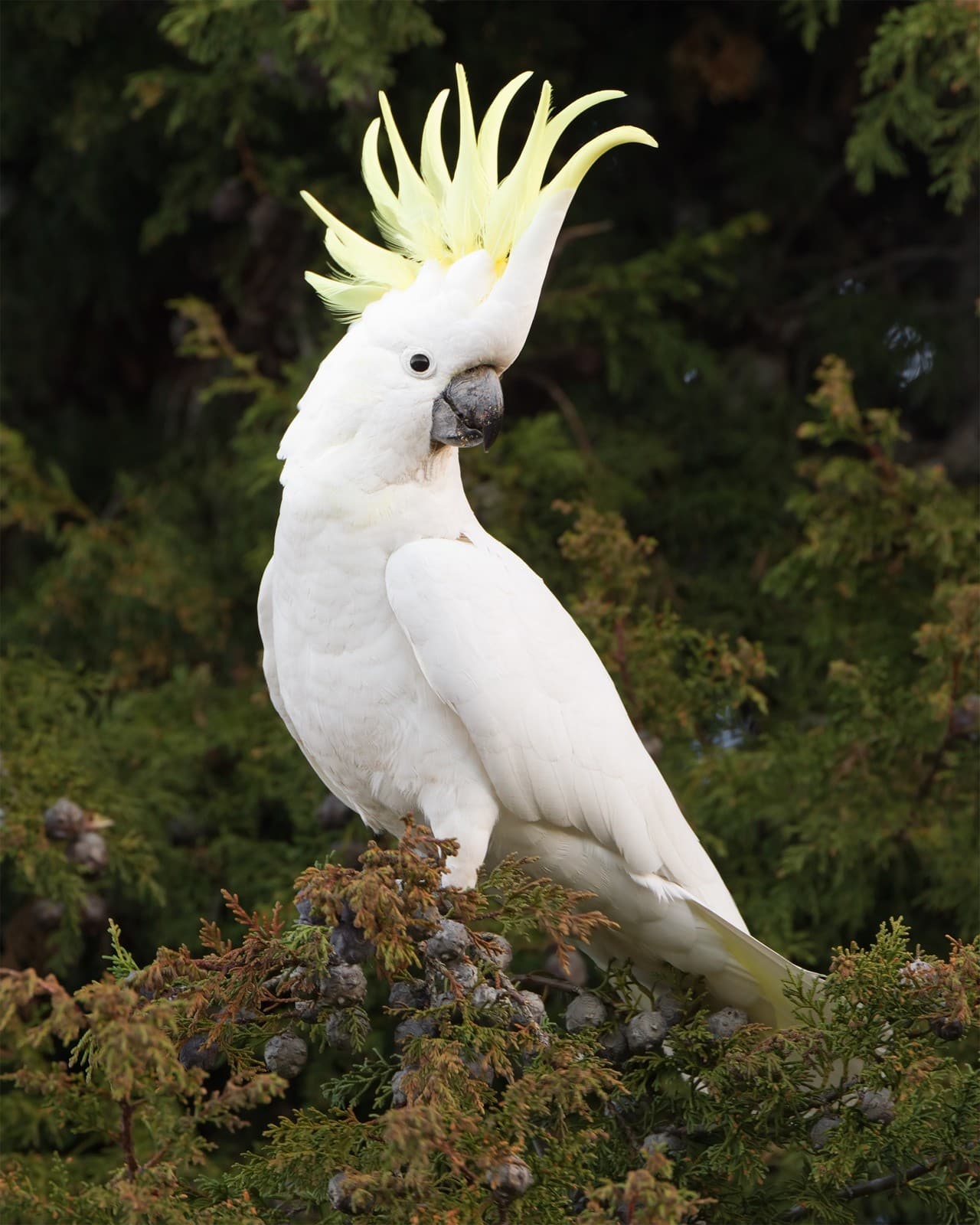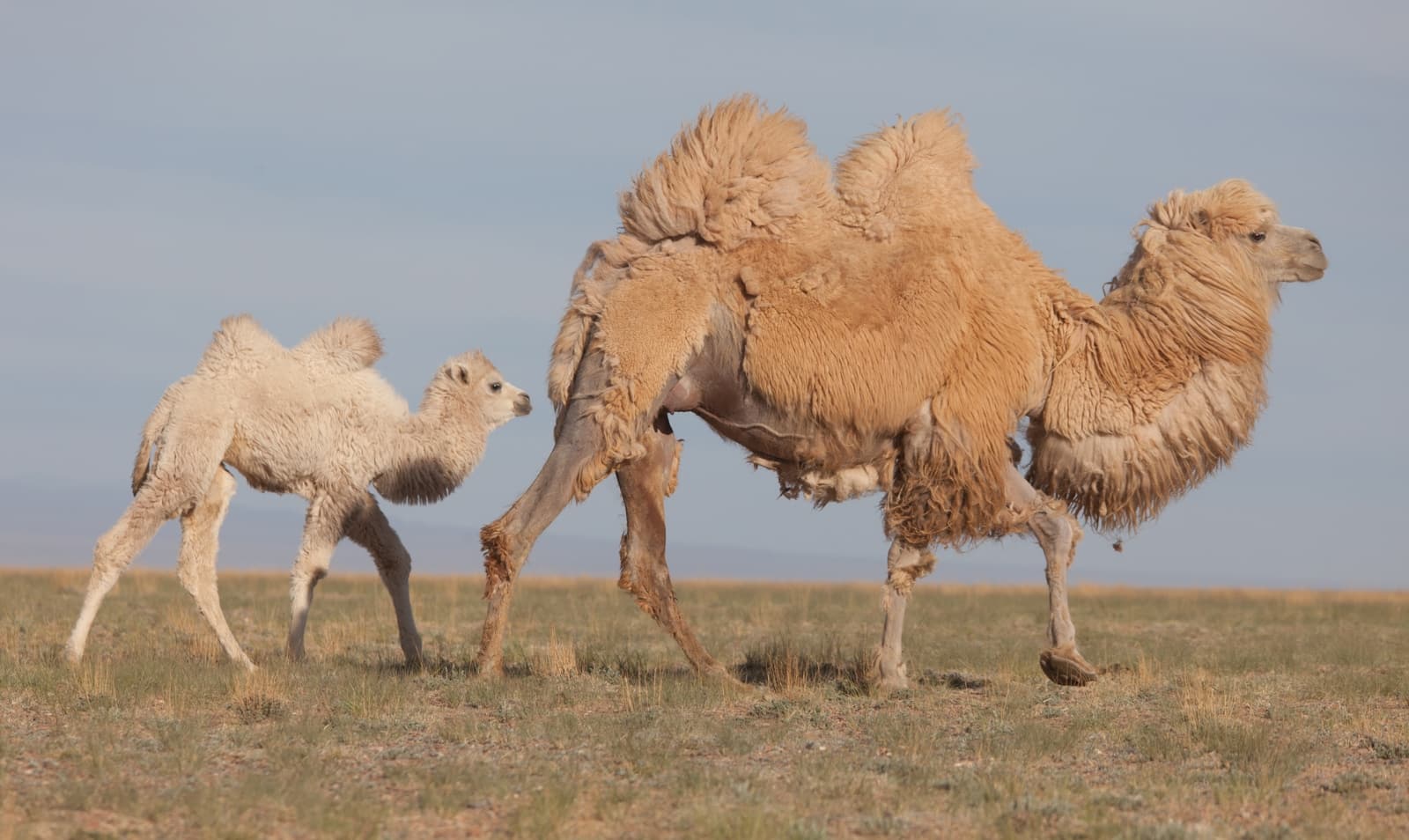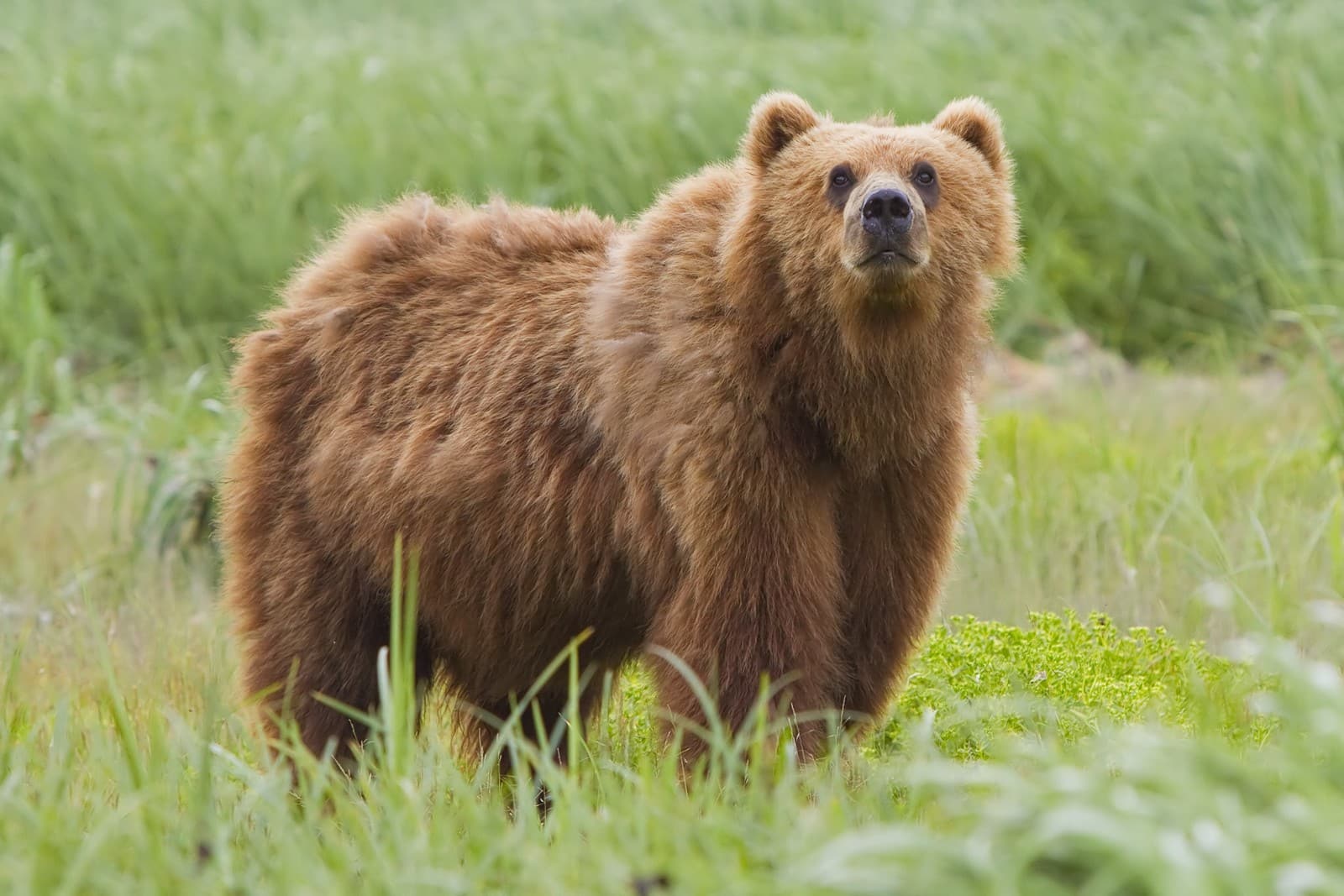Jerboa vs Kangaroo Rat: A Complete Comparison
While both Jerboas and Kangaroo Rats have mastered the art of bipedal desert living, these remarkable rodents exhibit distinct differences in their adaptation strategies. Jerboas can leap up to 10 feet (3 meters) in a single bound, while Kangaroo Rats typically achieve jumps of 6 feet (1.8 meters). Despite their similar appearances, these desert specialists evolved independently on different continents.
The comparison between Jerboa vs Kangaroo Rat reveals fascinating examples of convergent evolution, where similar environmental pressures created comparable solutions in unrelated species. Both developed powerful hind legs, reduced forelimbs, and long tails for balance, yet their genetic lineages diverged over 35 million years ago.
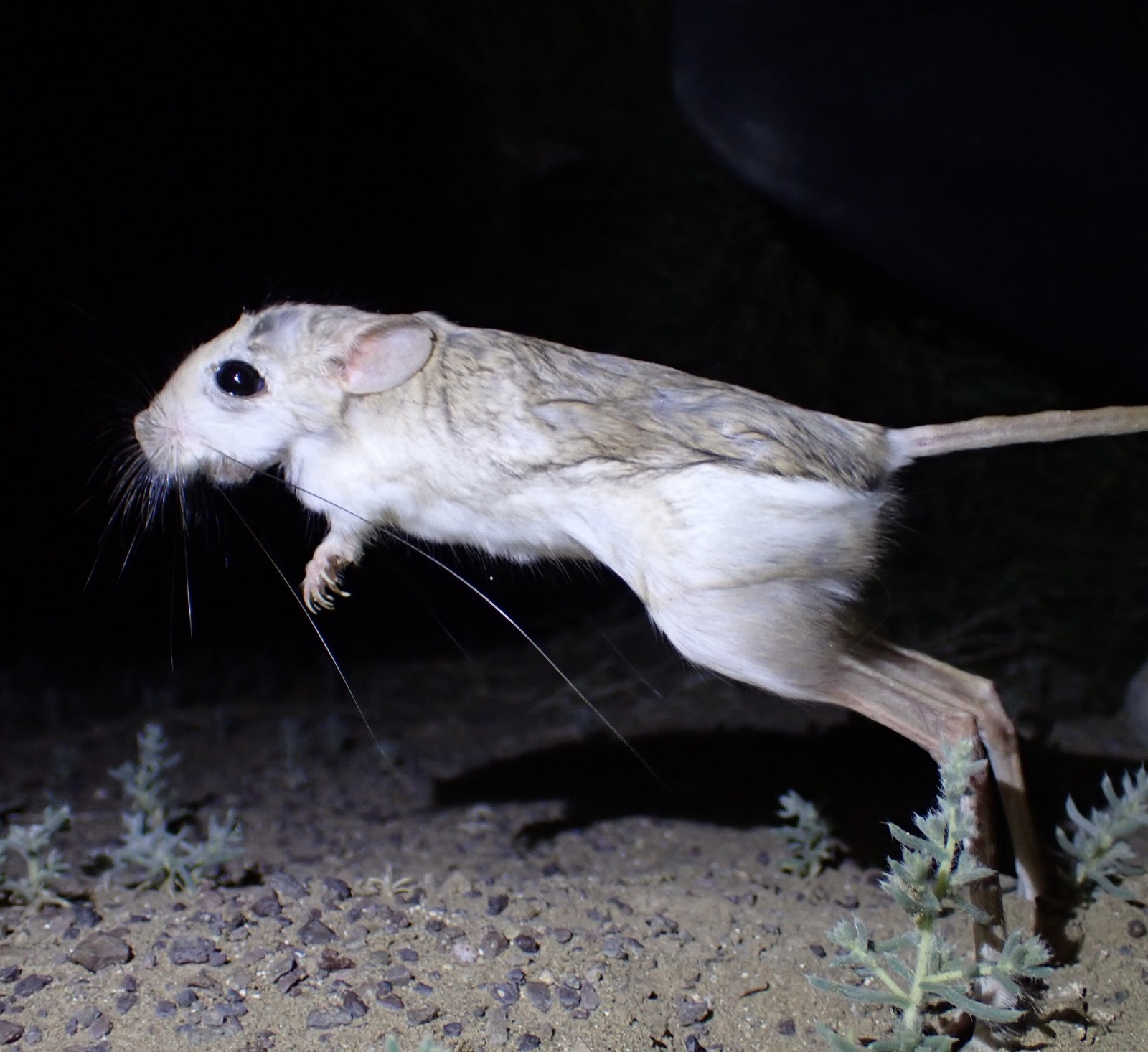
The Lesser Egyptian Jerboa demonstrates its extraordinary jumping prowess, a crucial adaptation that helps these small mammals survive in harsh desert environments. Their disproportionately long hind legs and tail enable them to reach speeds of up to 15 mph (24 km/h) when escaping predators.
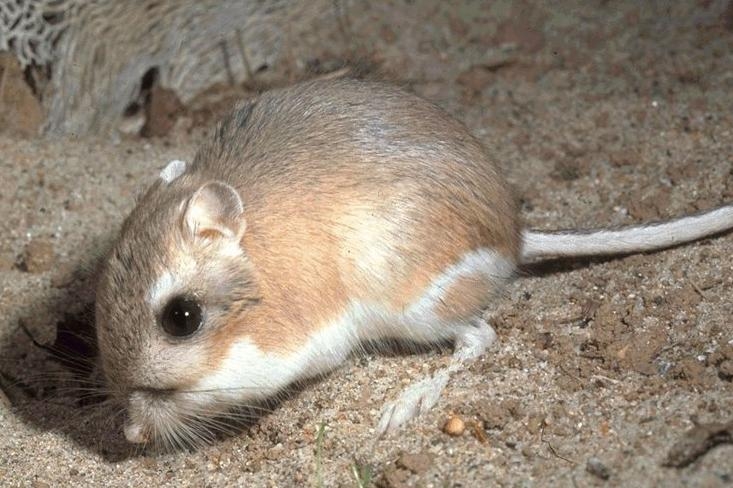
The Kangaroo Rat exhibits its characteristic alert posture, showcasing adaptations for desert survival. These resourceful rodents can detect predators through their highly developed hearing, capable of sensing owl wing beats from considerable distances.
Key Differences: Jerboa vs Kangaroo Rat
| Feature | Jerboa | Kangaroo Rat |
|---|---|---|
| Size | 2-4 inches (5-10 cm) | 4-6 inches (10-15 cm) |
| Weight | 0.75-4 oz (21-113 g) | 2.5-4.5 oz (70-127 g) |
| Jump Height | Up to 10 ft (3 m) | Up to 6 ft (1.8 m) |
| Distribution | Asia and North Africa | North and Central America |
| Water Needs | Can survive on metabolic water | Requires no drinking water |
| Tail Length | 2-3 times body length | 1.5 times body length |
Habitat and Distribution
Jerboas inhabit the arid regions of Asia and North Africa, from the Sahara Desert to the Gobi Desert. Their range spans across multiple countries, including Egypt, Iran, and Mongolia. Kangaroo Rats, meanwhile, are native to the western United States and Mexico, thriving in environments from the Sonoran Desert to the Great Basin.
Survival Adaptations
Water Conservation
Both species demonstrate remarkable water conservation abilities, but their approaches differ. Kangaroo Rats can derive all necessary moisture from dry seeds, converting carbohydrates into metabolic water. Jerboas supplement their moisture intake by consuming succulent plants when available.
Predator Evasion
While both species rely on powerful jumps to escape predators, their techniques vary:
- Jerboas use erratic, zigzag jumping patterns
- Kangaroo Rats employ calculated hops with mid-air direction changes
- Both species can execute vertical leaps to avoid snake strikes
Behavioral Differences
The most striking behavioral contrast between Jerboa vs Kangaroo Rat appears in their social structures. Kangaroo Rats maintain complex burrow systems and defend territories, while Jerboas tend to be more solitary, using simpler burrows primarily for daytime shelter.
Who Would Win in a Fight?
While neither species is naturally aggressive toward the other, a theoretical encounter would likely favor the Kangaroo Rat due to its:
- Larger size and weight
- More robust body structure
- Stronger territorial instincts
- Greater bite force
However, the Jerboa’s superior jumping height and agility would make it nearly impossible to catch in an open environment.
Conservation Status
Both species face similar threats from habitat loss and climate change. Desert development and agricultural expansion have significantly impacted their populations. Several Jerboa species are currently listed as vulnerable, while most Kangaroo Rat species maintain stable populations, though some subspecies are endangered.
Understanding the differences between Jerboa vs Kangaroo Rat helps illuminate the fascinating ways evolution has solved similar environmental challenges through different approaches. These remarkable desert specialists continue to provide valuable insights into adaptation and survival in extreme environments.




